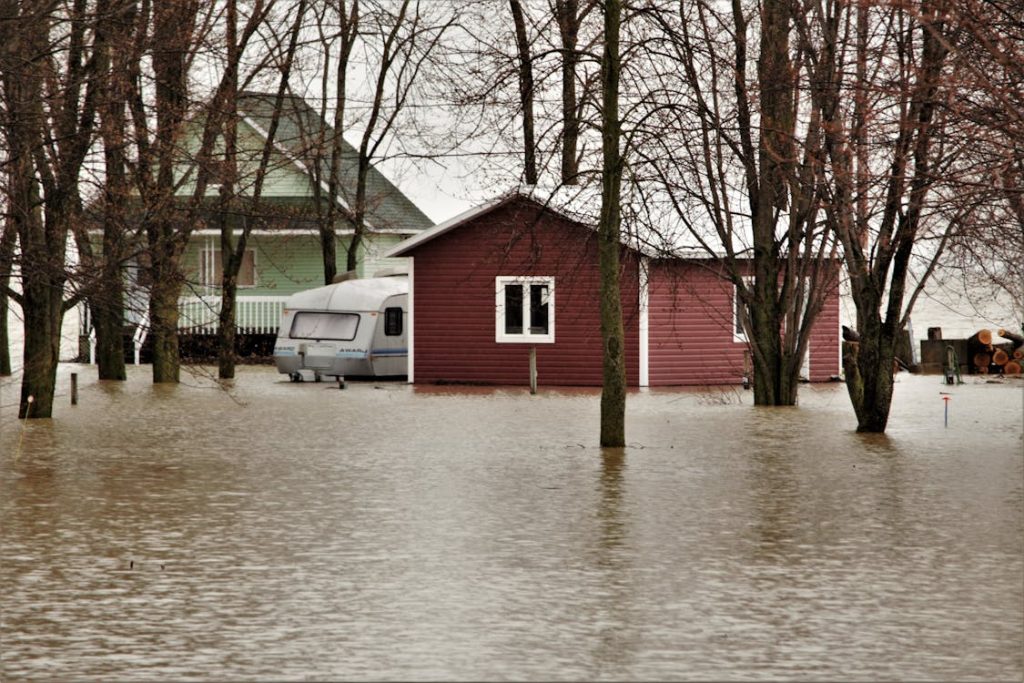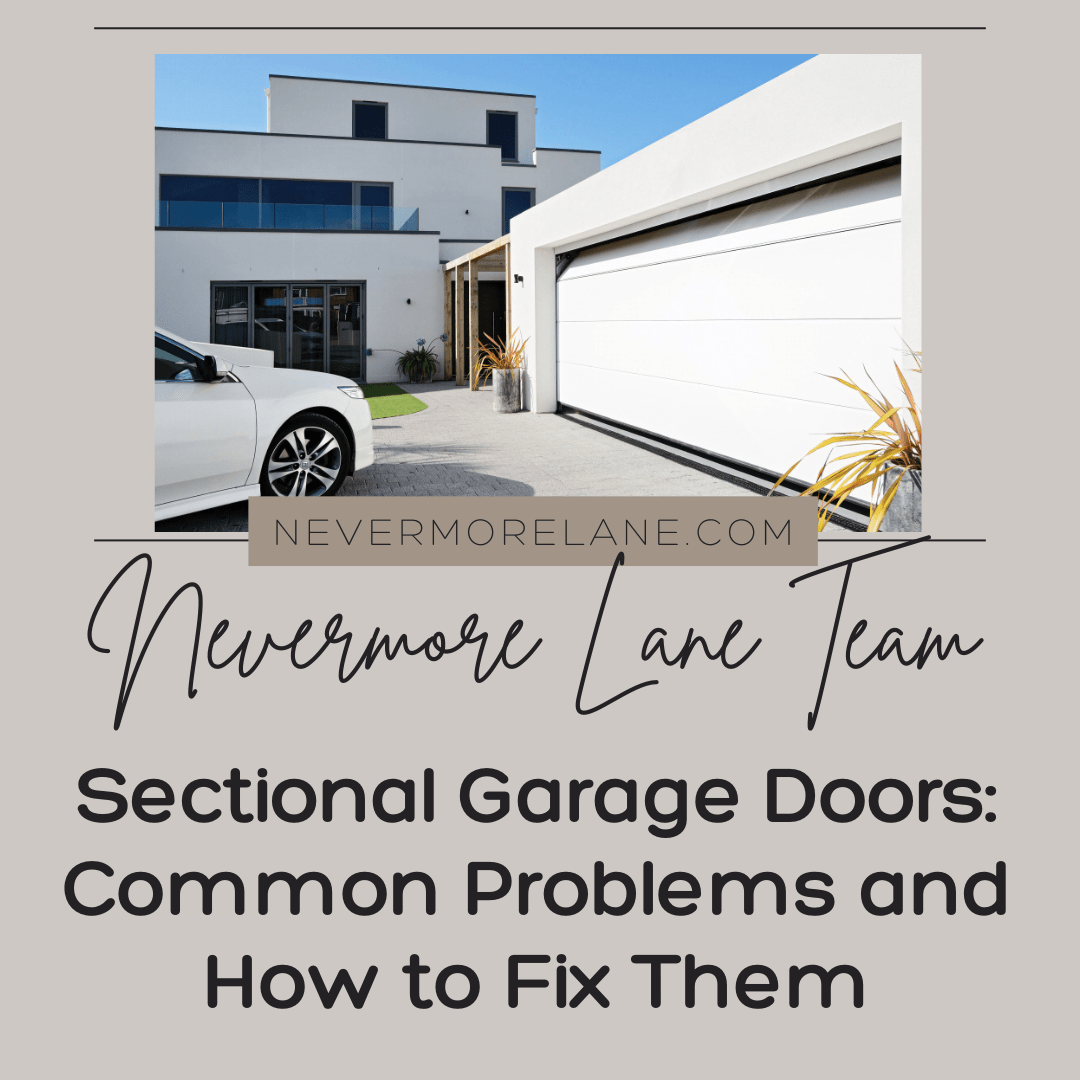Essential Tips for Successful Home Renovation After a Natural Disaster
Navigating life after a natural disaster is overwhelming, especially when your home has suffered significant damage. The emotional weight of losing cherished spaces can be just as daunting as the practical tasks ahead. Yet, this moment also holds potential—the opportunity to rebuild not just walls and roofs but to reshape your home into a place of renewed safety and comfort.
The road to renovation can feel long and filled with tough decisions, contractors, and costs. However, it’s also a chance to make mindful improvements that align with your family’s future needs. It’s about rebuilding smarter, creating a home that’s better prepared for whatever may come while restoring the sense of stability that was lost.
This journey offers more than just material recovery; it’s a pathway to emotional healing. Choosing new designs, picking fresh colors, and planning renovations allows you to move from loss to renewal. Each decision, from upgrading the structure to enhancing energy efficiency, brings you one step closer to reclaiming the sanctuary your home once was.
As you embark on this process, knowing the key steps and strategies can make all the difference. Successful home renovation after a disaster requires a combination of practical foresight, patience, and the ability to see past current challenges toward the peace and beauty waiting on the other side. Let’s explore how to turn this daunting task into an empowering journey.
The Reality of Natural Disasters
Natural disasters have become alarming, affecting countless homeowners across the United States.
According to Forbes, the frequency and intensity of these events are increasing. On average, 18 billion-dollar climate disasters have occurred annually over the past five years.
In 2022 alone, 18 such disasters occurred, inflicting $175.2 billion in damage and 474 fatalities. This heightened risk has led to growing concern among homeowners. In fact, 42% fear that weather events—such as severe storms, rain, or minor flooding—could potentially damage their homes in the near future.
The situation is particularly precarious in California, as Los Angeles County ranks as the county most at risk for natural disasters. As the potential for devastating impacts looms, homeowners must be prepared for the reality of home renovations following such disasters.
1. Assess the Damage
Conducting a thorough inspection to identify structural issues, mold, and other damage that may have occurred during the event is essential.
According to The News & Observer, if you are evacuated, it’s crucial to wait until local and state officials declare it safe to return home. When you do, avoid walking or driving through floodwaters, as they can hide dangers such as downed power lines or hazardous debris.
As you inspect your property, look for signs of loose power lines, gas leaks, and structural damage. If you detect a gas smell or see any significant damage, contact local authorities to ensure the home is safe before entering. Furthermore, be mindful of local regulations regarding debris cleanup.
While assessing your home, if you notice that the roof has sustained damage, it’s safer to hire professionals like American Brothers Construction – professional roofing contractors or similar options. Since attempting repairs yourself can be risky, especially if the structure is unstable or water has weakened the roof. A professional can evaluate the damage, perform necessary repairs safely, and prevent further issues.
Additionally, separate debris into categories such as limbs, household trash, and construction waste, as local officials will provide guidance on proper disposal. Moreover, you can stay informed about the safety of the public water supply, particularly in areas where the water system may have been affected.
2. Check Insurance Coverage
According to Finance Monthly, if you have property insurance, you can file claims to cover damage to your home and personal belongings. However, coverage varies significantly across different regions. Areas prone to specific disasters, like hurricanes and wildfires, often have higher insurance premiums due to the increased risk associated with those events.
Hurricane Katrina caused insurance premiums in the Gulf and Atlantic coastal areas to skyrocket by 20-30%. As a result, many homeowners find it challenging to afford sufficient coverage. This puts them at risk of significant financial losses in the event of a disaster.
Furthermore, you need to note that many standard insurance policies only include flood coverage if a separate policy is purchased. Hurricane Harvey underscored this issue, as only 20% of Houston homeowners had flood insurance, leading to significant uninsured losses.
Therefore, understanding your insurance coverage is crucial for effective disaster recovery and financial security.
3. Plan for Future Disasters
Incorporating resilient design features and materials into your home can significantly reduce vulnerability to future natural disasters. Consider elevating structures, installing impact-resistant windows, and reinforcing critical areas to enhance your home’s resilience.
According to the Insurance Institute for Business and Home Safety (IBHS), strengthening often-overlooked areas like chimneys, gable ends, and porch and carport connections can help mitigate wind damage. Investing in wind-rated garage doors can also prevent major damage by preventing storm pressure from entering your home and causing structural issues.
Roof clips and straps are essential for anchoring your roof and preventing it from being lifted off during severe weather. Adding these reinforcements can significantly enhance your home’s resistance to wind and other natural hazards.
For added safety, consider constructing a tornado-safe room that meets FEMA guidelines or is ICC 500-certified. These shelters can provide protection from even the most severe tornadoes and are a valuable investment for homeowners in storm-prone areas.
4. Be Patient and Flexible
Understanding that the renovation process may take longer than anticipated is crucial for maintaining a positive outlook. Be prepared to adapt to changes in plans that may arise due to unforeseen circumstances or findings during the renovation.
Labor shortages have been a significant challenge in the construction industry, especially following natural disasters. These shortages, combined with rising inflation and increased demand for repairs, can lead to delays and higher costs.
In California, the recent winter storms exacerbated the labor shortage, further impacting the rebuilding process. Homeowners have faced delays in receiving estimates from subcontractors and negotiating with insurance companies, extending the repair timeline.
Remember, the renovation process can be time-consuming, and you need to maintain patience and flexibility throughout the journey.
5. Consider Selling Your Home as a Hassle-Free Alternative
Homeowners might consider selling their property if the renovation process proves overwhelming or financially unfeasible.
According to John Buys Bay Area Houses, selling a home for cash can be a practical solution. This option provides a hassle-free process, alleviating the burden of extensive repairs and allowing a quicker, smoother sale. Cash buyers typically purchase homes as-is, meaning homeowners can avoid the time-consuming and costly renovation efforts.
Many companies specialize in offering cash for homes, ensuring a smooth and efficient selling experience. These services often also include assistance with moving and finding a new place to live, creating a comprehensive support system for homeowners.
The goal is to simplify the transition, allowing individuals to focus on starting anew rather than being bogged down by renovation. By opting to sell, homeowners can regain their peace of mind while still achieving a favorable outcome after a natural disaster.
Frequently Asked Questions
How do you clean up after a natural disaster?
After a natural disaster, thoroughly clean all wet items and surfaces with hot water and detergent. Pay special attention to flooring, countertops, appliances, and plumbing fixtures. Repairing any leaks in the roof, walls, or plumbing is essential to prevent further damage and maintain a safe home environment.
What is the first phase of renovation?
The initial phase of a renovation is the planning stage. This involves evaluating the property’s current condition, determining a budget, outlining the scope of work, and setting a timeline. This step is essential for setting clear objectives and ensuring the renovation proceeds smoothly and efficiently.
What type of house is the easiest to sell?
The most accessible type of house to sell is typically a three-bedroom, two-bathroom, single-family home in a desirable neighborhood. Due to its balance of space, affordability, and location, this type of property appeals to a wide range of buyers, including families and investors.
Turning Tragedy into Opportunity
Rebuilding after a natural disaster is no easy feat, but it provides a unique opportunity to create a home that’s not only safe but also tailored to your evolving needs. By approaching the renovation process with patience, mindfulness, and a vision for the future, you can transform what was once a heartbreaking event into a chance for renewal and growth.
Whether you’re upgrading safety features, enhancing energy efficiency, or embracing new design choices, each step brings you closer to reclaiming your space and your peace of mind. Through resilience and thoughtful planning, your home can emerge stronger, more beautiful, and ready for whatever comes next.






